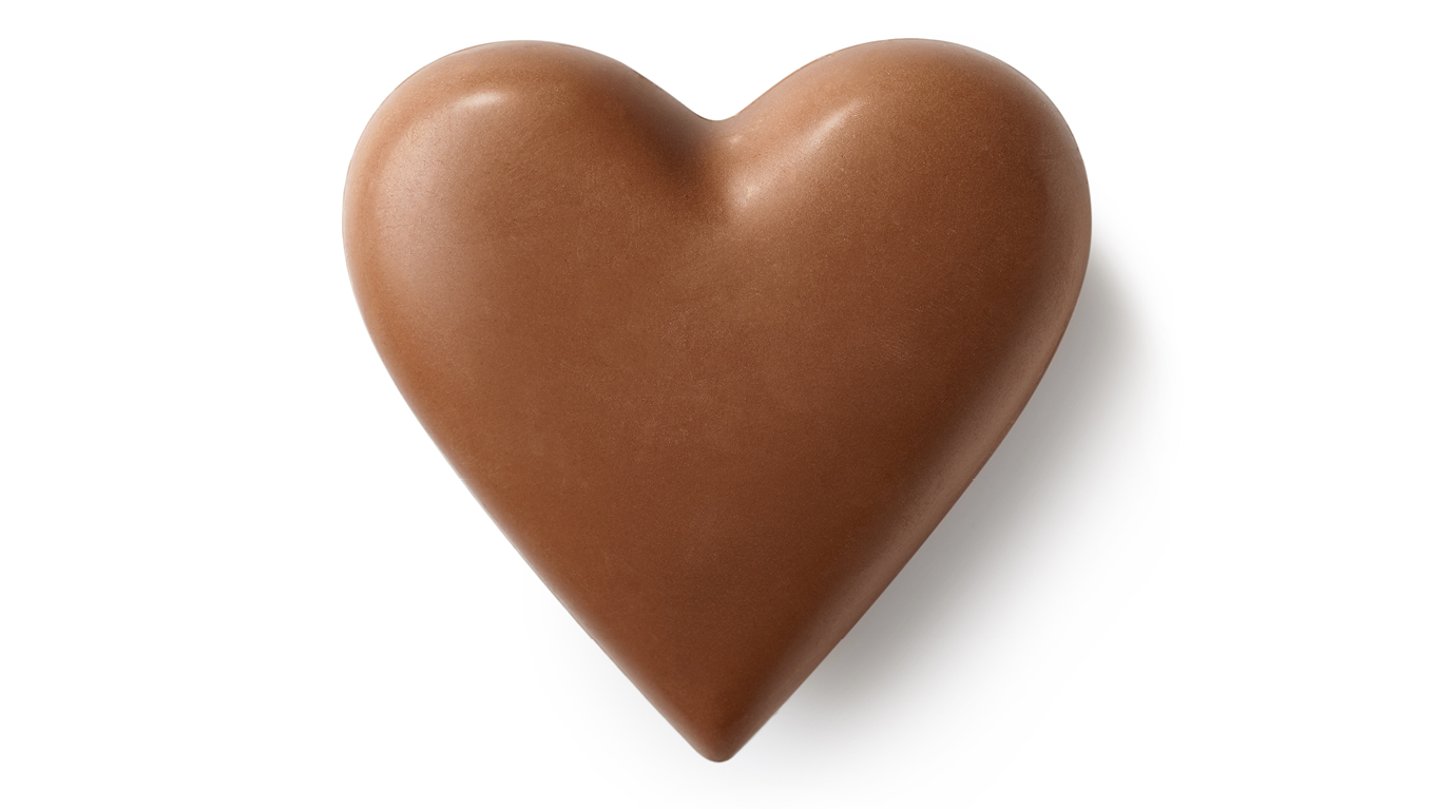More than just a treat, consumers are turning to chocolate to boost their mood
We live in divisive times, but it seems the one thing just about everyone can agree on is chocolate. The average Canadian eats about 6.4 kilograms of chocolate per year, or the equivalent of 160 bars, according to the Inter-American Institute for Cooperation on Agriculture.
In a September 2023 survey of 2,000 adults, Mintel Canada found 86% of respondents had eaten some chocolate in the last three months. But, after rising during the pandemic, year-over-year chocolate consumption remained relatively flat – with most respondents (60%) indicating they were eating about the same amount as they did the previous year.
Among the 21% of respondents who are eating less chocolate, many cited a desire to moderate their sugar intake as the primary reason. “The challenges for the confectionery industry are really around health,” says Joel Gregoire, associate director of food and drink at Mintel.
READ: Demand for chocolate grows in Canada, but consumers want healthier options
Working in chocolate’s favour, he says, is that people continue to turn to it for an emotional lift. When asked if they agreed or disagreed with the statement that it’s good for someone’s mental health to indulge occasionally, an overwhelming majority of respondents (92%) agreed.
“Chocolate may not be good for the belly, but it can help soothe the soul,” says Gregoire, citing a line from the study. “More than any other stat in this report, that 92% crystallizes there’s a time, a place and a benefit to indulging from time to time.”
Not even a recent sharp rise in cocoa prices, and a corresponding price increase at shelf level, has been enough to turn consumers away, says Jo-Ann McArthur, president and founding partner of Toronto consultancy Nourish Food Marketing.
READ: Snacking in the pandem-flation era
In fact, she says, consumers are willing to pay more for what many consider an emotional reward. And unlike other food indulgences, even expensive chocolate is within the grasp of most Canadians.
“Permissible indulgence, the lipstick effect, or revenge living – take your pick,” says McArthur. “Emotional health is part of the whole health definition now, and consumers continue to want those affordable indulgences.”
Brands have been quick to seize on that emotional aspect. A U.S. brand called Moodibar, for example, has created a line of chocolate bars catering to different mood states. They include the “Blah” bar (which lists “gooey caramel” as its primary ingredient), as well as “Hungover” (toffee, pretzel, sea salt, milk chocolate) and “Grumpy” (54% dark chocolate).
Global chocolate sales are expected to reach US$128 billion this year, according to Euromonitor International, with volume growth of 1.9% per year through 2025. Innovation is expected to play a key role in category growth, as new consumer attitudes – particularly among younger generations – require a new approach from manufacturers.
READ: Gen Z's relationship with food is complicated
Barbara Cooper, marketing director at Mars Wrigley Canada, says today’s snacking trends are changing at “warp speed.” “Given the enormous disruption we have all experienced in the last few years, it’s more important than ever that we accelerate pace of change and find innovative ways to reach consumers, particularly gen Z,” she says.
This has led to line extensions within the major confectionery manufacturers. Mars, for example, launched Mars Bar Cookie Dough flavour, and Nestlé’s line of Aero Truffle bars includes such flavours as chocolate mousse, tiramisu, black forest cake and Nanaimo bar.
Recent years have also seen the chocolate category diversify to meet the needs of health-conscious consumers, as well as people seeking more ethical treats that aren’t derived from animal-based products or controversial resources such as palm oil.
Nestlé created a vegan version of its KitKat candy bar in 2021 and, earlier this year, Camino launched two plant-based options made with oat milk: Hazelnuts & Salted Caramel and Creamy Chocol-oat.
READ: Despite rising grocery prices, consumers are still budgeting for snacks
Interestingly, when asked which options for chocolate and candy they’d be interested in, only 9% of respondents said vegan chocolate, according to Mintel’s study.
The top area of interest? Resealable packaging, cited by 47% of respondents. It’s something that addresses consumer demand for both snacking in moderation and greater value, says Gregoire.
Nourish’s McArthur says consumers prefer smaller portions rather than eliminating real sugar because it possesses certain traits – taste, texture, mouth feel, etc. – that artificial sweeteners can’t replicate.
The emphasis on smaller portions is good for manufacturers since chocolate is a category often accused of shrinkflation. The trend dates to before the pandemic, but seems to have accelerated amid the rising cost of raw goods.



